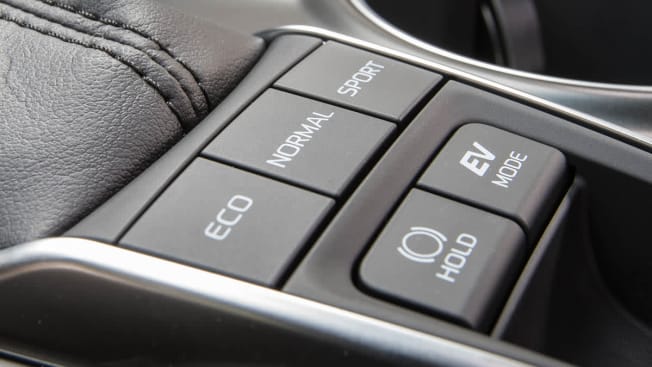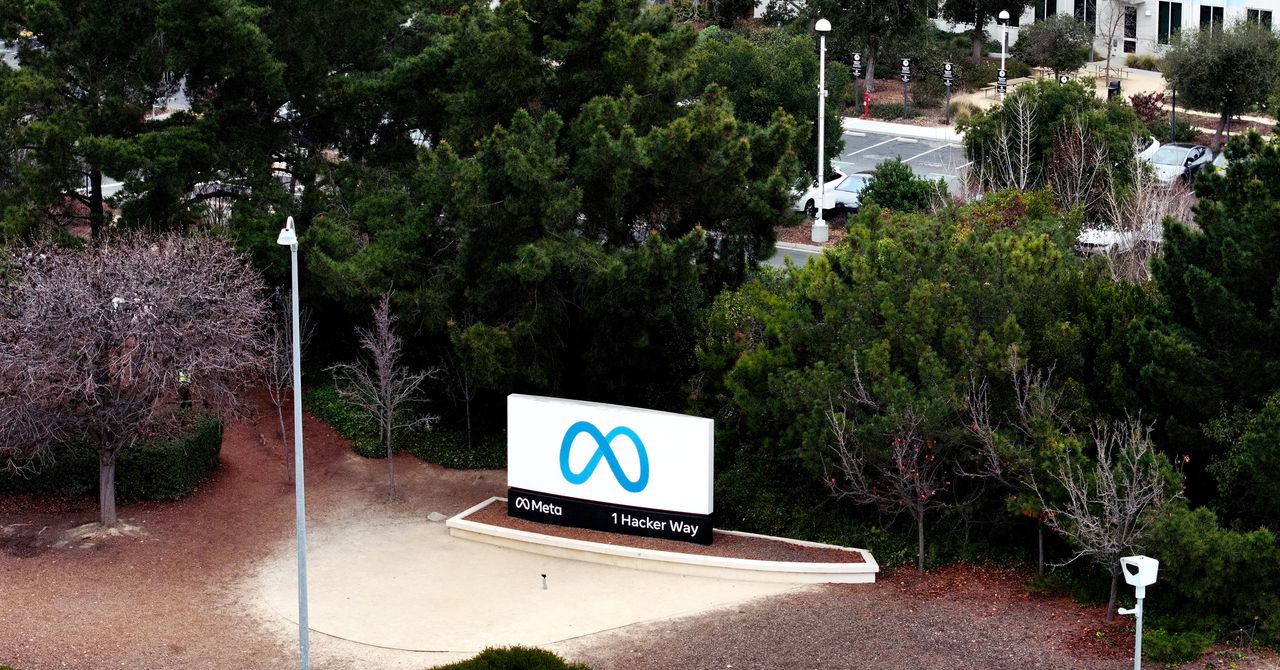Consumer Reports’ tests expose the value and limitations of this common feature

By Jeff S. Bartlett
Drivers are eager to boost fuel economy when gas prices are elevated. Could it be as simple as selecting the “Eco” mode found in many late-model cars and SUVs?
To find out, we tested Eco mode in several vehicles undergoing our routine fuel economy tests. We had a mild day with consistent temperatures ideally suited to such back-to-back testing.
As we have seen in the past, Eco mode proved disappointing in both the city and highway tests.
Selectable modes let drivers fine-tune the power delivery characteristics by letting the car’s computer make adjustments to throttle mapping that controls the engine performance, shift mapping for the transmission, and all-wheel-drive response, if the vehicle is so equipped.
The most common modes are Eco to optimize fuel economy, Normal, and Sport to increase response, primarily by holding shifts to keep the engine revving higher, where the power is more accessible. You often see Comfort, for mild-mannered driving, and Snow, to address winter weather challenges. (Our tests are performed in the default mode, typically “Normal,” when there are driving modes to choose from.)
Eco typically reduces throttle response, for milder acceleration, while shifting earlier, keeping the engine rpm lower to conserve fuel.
We install an inline fuel meter for our fuel economy tests, rather than take a rough measure by topping off the gas tank. This requires a staff mechanic to connect the fuel meter, which measures gas consumption precisely by the CC, or cubic centimeter.
In the City
We have a simulated city circuit at the Consumer Reports Auto Test Center that replicates the speeds and periodic stops drivers would typically experience in an urban setting. Our protocols include complete stops and acceleration to certain speeds, ensuring consistency for comparing results and mimicking the need to move with the flow of traffic. Ultimately, this raised an interesting insight: Eco mode tempered the car and SUV’s performance, but we still had to move with the flow of traffic.
So while the reduced throttle response could encourage a more gentle driving style conducive to saving fuel, the need to still achieve the speed limit within the time-bound test meant our testers had to push the vehicle a bit harder to essentially overcome the hesitation added by Eco mode.
In past testing, we found no fuel economy benefit using Eco mode for city driving. That proved to be the case again in our more recent tests.
We also tried Sport mode. It made both vehicles more lively to drive, and it deactivated the stop/start feature, but it exacted about a 2 mpg penalty as a trade-off.
On the Highway
We measure highway fuel economy during steady cruising at 65 mph. This is an idealized driving scenario, with the transmission in its tallest gear, known as an overdrive for having a ratio of less than 1:1. We run this test in two directions to account for any potential impact of wind and terrain.
In this evaluation, Eco mode had no measured benefit. And that isn’t surprising: Acceleration and gear selection aren’t factors when holding a consistent speed on level ground.
About the only ways to improve highway fuel economy would be to remove any bike or cargo racks not being used, drive smoothly, and obey the speed limit. Our past tests have shown that both cars and SUVs pay a significant fuel economy toll going from 65 mph to 75 mph.
Bottom Line
Eco mode is not a magic button that will instantly save fuel. Its true value rests in its ability to encourage frugal driving behavior that can make a difference. We have seen in other tests that driving smoothly can make a 2- to 3-mpg improvement around town, compared with an erratic driving style.
Often this mode brings up a consumption display in the instrument panel that shows fuel economy in real time, serving as a training mode. That may be the best reason to activate this mode.
Consumer Reports is an independent, nonprofit organization that works side by side with consumers to create a fairer, safer, and healthier world. CR does not endorse products or services, and does not accept advertising. Copyright © 2024, Consumer Reports, Inc.









